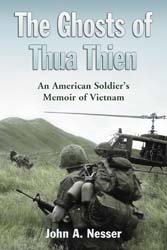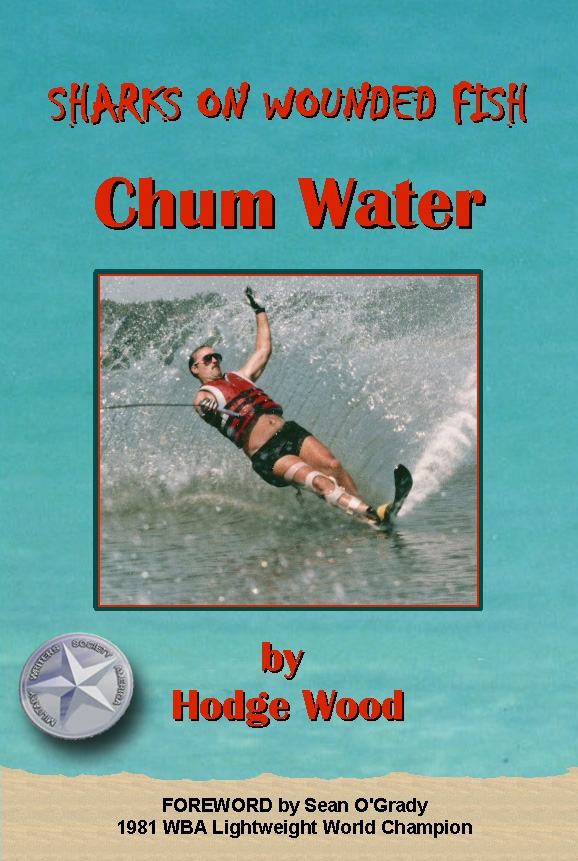MWSA Review
Inspector Harry Callahan once said, "A man's gotta know his limitations." And when it came to reviewing My Dad Got Hurt. What Can I Do? Helping Military Children Cope with a Brain-Injured Parent by Brunella Costagliola, I figured I better ask the experts. Since this book is intended for elementary-school-aged children, and your reviewer's elementary school days are 50 years in the past, it was clear that some outside help would be appropriate. So I brought the book to my local Great Falls Elementary School (where I do volunteer work), read it aloud to the members of the fourth grade class, and then asked for their opinions.
Although none of these kids had parents in the military—much less one who had suffered traumatic brain injury—they were quite interested and willing to read/listen, discuss the details, and share their opinions about this book.
Just as MWSA does with all its reviews, I asked these fourth-graders to evaluate the book's cover, its artwork, and its content. Was it appropriate, attention-grabbing, directed toward the targeted audience; and did its message come through? The answers to these questions were almost uniformly "yes."
The book points out "Seven Cs" (seven words beginning with the letter C, such as cause, control, cure) that can help kids understand what's happening to his or her parent, and suggest various coping skills to help them deal with the difficult challenges they will face. The "Seven Cs" were integrated into short and easy-to-understand phrases, which can serve as a discussion guide for the entire family. The fact that the words all start with the same letter also makes them easier to remember.
Having heard from the experts, I can now highly recommend this book to families trying to cope with this incredibly challenging type of injury. The cover artwork and illustrations are indeed top-notch; and the writing definitely geared toward the targeted age group. With a little bit of discussion to better understand some of the details, this book would be extremely helpful as a "training aid," or simply a way to guide and focus a family's discussion.
MWSA Reviewer: John Cathcart (Feb. 2018)
Author's Synopsis:
"My Dad Got Hurt. What Can I Do?" is a juvenile fiction book aimed at helping military children learn how to cope when Mom or Dad come home from deployment suffering from traumatic brain injury. Sponsored by the National Academy of Neuropsychology Foundation and illustrated by Disney cartoonist Valerio Mazzoli, this book was written by Brunella Costagliola, best-selling editor, writer, and proud Air Force wife. Dr. Johnson, a neuropsychologist, along with her mischievous side-kick Mr. Brain, introduce the Smith Family, made of Mom, Dad, Jackson, who is 9 years old, Isabella, who is 7, and Sally, their adorable dachshund. Dad is in the military and he wears his uniform proudly. They love to spend time together and we see them playing outside while Mom cooks. One day, however, the children see Dad pack up. He has to deploy. Even though they are sad to see him go, they know they will be able to see him via computer and they will count down the days till his return by eating a cookie from the "Daddy's Goodnight Kiss" jar. While deployed, Dad is in an accident that leaves him injured. Once his wounds are healed, he is able to go back home to his family. While everybody is happy to have him back, something is off. Dad's behavior has changed. Once a happy, patient, and caring father, he is now moody, short-tempered, and aggressive. The children notice a big difference and wonder, who is this person who came back home? He may look like Daddy, but he is not the same person. Even Sally can tell something is different. The children, not sure of why Dad is so angry all the time, begin to blame themselves for this sudden change: should I have cleaned my room better? Should I have eaten more vegetables? Just when the children are about to give up hope after Dad yells at them for losing a baseball game, Dr. Johnson and Mr. Brain come to their rescue! They explain to Jackson and Isabella that Dad's brain, specifically the front lobe, was injured in the accident. She also gives them a poster to bring home with them that explains the "7Cs", which are "rules" for children to remember. These rules remind them that, "I didn't Cause it"; "I can't Cure it"; but, "I can help by taking Care of myself" and "Celebrating myself". Soon after, the children run back home feeling happy and empowered by their newly-acquired knowledge of what is wrong with Dad and how they can help not only him, but especially themselves. And Dr. Johnson? Well, she and Mr. Brain are ready for another adventure, helping children understand how the brain works! The reason why this book was written is to help military children understand traumatic brain injury. While there is plenty of literature catered to adults and the affected service member, there is very little for military children. Hence, the team behind "My Dad Got Hurt" set out on an a mission to fill this literary gap. When dealing with a stressful situation as the one described in the book, children have a tendency to internalize feelings, since they are not capable to properly express them and verbalize them. One of the most common reactions is for children to blame themselves and feeling guilty over something they have no control over, such as Dad suffering from TBI. This book aims at providing children with the proper vocabulary so they can understand what happened and their role in helping the whole family adjust to their new normal.
ISBN/ASIN: 978-1483472577
Book Format(s): Kindle, Soft cover
Genre(s): Fiction, Picture Book
Review Genre: Children & Young Adult—Picture Book
Number of Pages: 38




















